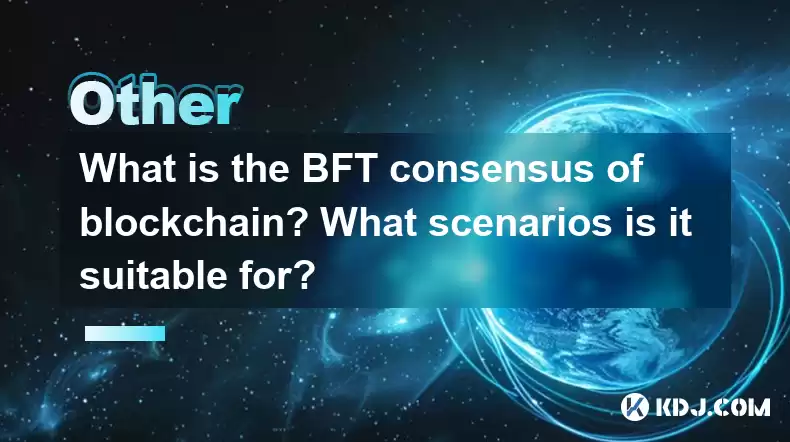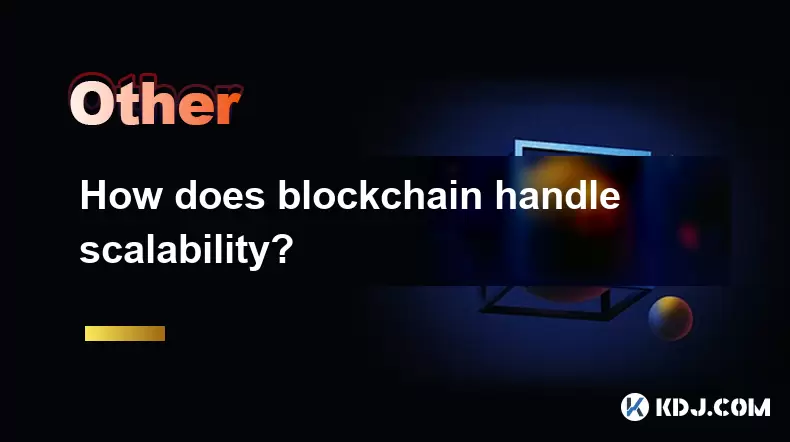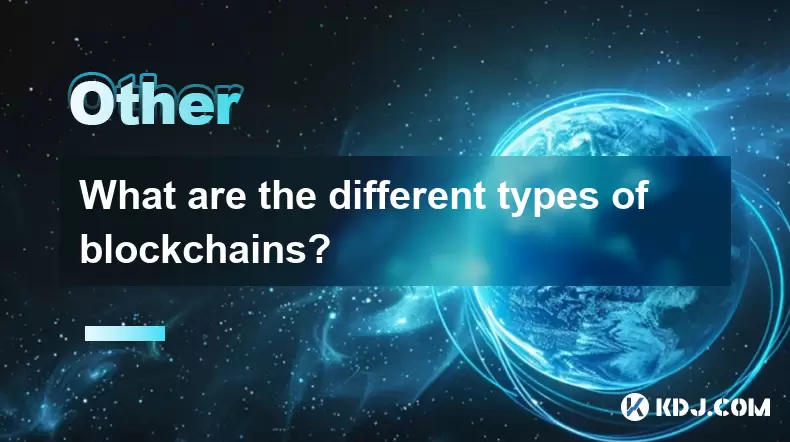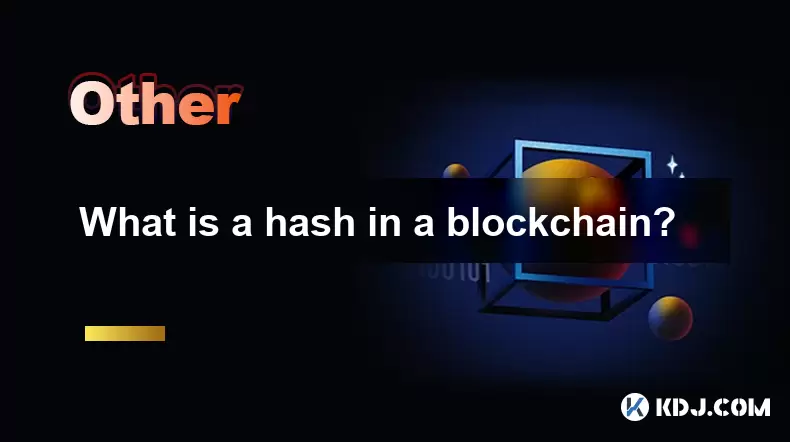-
 Bitcoin
Bitcoin $112400
-1.07% -
 Ethereum
Ethereum $3409
-3.27% -
 XRP
XRP $2.784
-6.60% -
 Tether USDt
Tether USDt $0.9997
-0.03% -
 BNB
BNB $739.3
-2.09% -
 Solana
Solana $158.0
-2.90% -
 USDC
USDC $0.9998
-0.02% -
 TRON
TRON $0.3213
-0.94% -
 Dogecoin
Dogecoin $0.1929
-5.01% -
 Cardano
Cardano $0.6974
-2.82% -
 Hyperliquid
Hyperliquid $36.69
-2.31% -
 Sui
Sui $3.327
-4.80% -
 Stellar
Stellar $0.3672
-5.18% -
 Chainlink
Chainlink $15.65
-3.07% -
 Bitcoin Cash
Bitcoin Cash $525.0
-1.68% -
 Hedera
Hedera $0.2291
-6.00% -
 Avalanche
Avalanche $20.91
-2.96% -
 Ethena USDe
Ethena USDe $1.000
0.00% -
 Toncoin
Toncoin $3.520
-1.12% -
 UNUS SED LEO
UNUS SED LEO $8.968
0.14% -
 Litecoin
Litecoin $105.7
0.26% -
 Shiba Inu
Shiba Inu $0.00001181
-1.79% -
 Polkadot
Polkadot $3.492
-2.08% -
 Uniswap
Uniswap $8.800
-3.10% -
 Dai
Dai $0.9999
-0.01% -
 Monero
Monero $289.9
-3.17% -
 Bitget Token
Bitget Token $4.243
-1.27% -
 Pepe
Pepe $0.00001006
-3.67% -
 Cronos
Cronos $0.1248
-5.68% -
 Aave
Aave $249.7
-2.50%
What is the BFT consensus of blockchain? What scenarios is it suitable for?
BFT consensus ensures blockchain reliability by tolerating up to one-third malicious nodes, ideal for high-stakes applications like financial transactions and voting systems.
Apr 27, 2025 at 02:50 pm

The BFT consensus of blockchain, or Byzantine Fault Tolerance, is a crucial mechanism that ensures the reliability and security of distributed systems, particularly in the context of blockchain networks. BFT consensus algorithms are designed to function correctly even when some of the nodes in the network behave maliciously or fail. This article delves into the specifics of BFT consensus, its various implementations, and the scenarios in which it is most suitable.
Understanding BFT Consensus
BFT consensus is rooted in the Byzantine Generals' Problem, a classic problem in distributed computing that involves achieving consensus among a group of generals, some of whom may be traitors. In the context of blockchain, BFT consensus algorithms aim to ensure that all honest nodes in the network agree on the state of the ledger, even if some nodes are compromised.
The core principle of BFT is that the system can tolerate up to one-third of the nodes failing or acting maliciously without compromising the overall integrity of the network. This makes BFT particularly valuable in environments where security and reliability are paramount.
Types of BFT Consensus Algorithms
Several BFT consensus algorithms have been developed over the years, each with its own strengths and weaknesses. Some of the most notable include:
Practical Byzantine Fault Tolerance (PBFT): PBFT is one of the earliest and most widely recognized BFT algorithms. It requires a three-phase protocol (pre-prepare, prepare, and commit) to reach consensus among nodes. PBFT is effective but can be resource-intensive, making it less suitable for large-scale networks.
Tendermint: Tendermint is another BFT algorithm that combines a consensus engine with a blockchain application interface. It uses a voting mechanism to achieve consensus and is designed to be more scalable than PBFT. Tendermint is particularly popular in the Cosmos ecosystem.
HotStuff: HotStuff is a more recent BFT algorithm that focuses on improving the scalability and performance of BFT consensus. It uses a leader-based approach and can achieve consensus in a linear number of steps, making it more efficient for larger networks.
How BFT Consensus Works
To understand how BFT consensus works, let's take a closer look at the PBFT algorithm as an example:
Pre-prepare Phase: The primary node (leader) proposes a new block and broadcasts a pre-prepare message to all other nodes. This message includes the proposed block and a sequence number.
Prepare Phase: Upon receiving the pre-prepare message, each node checks its validity. If valid, the node sends a prepare message to all other nodes, indicating its agreement with the proposed block.
Commit Phase: Once a node receives a sufficient number of prepare messages (typically more than two-thirds of the network), it sends a commit message to all other nodes. When a node receives enough commit messages, it considers the block committed and adds it to the blockchain.
This three-phase process ensures that all honest nodes agree on the state of the ledger, even in the presence of malicious actors.
Scenarios Suitable for BFT Consensus
BFT consensus is particularly well-suited for certain types of blockchain applications. Here are some scenarios where BFT consensus excels:
Permissioned Blockchains: In permissioned blockchains, where only authorized nodes can participate, BFT consensus can provide high levels of security and efficiency. Examples include enterprise blockchains and private networks where trust is established among participants.
Financial Transactions: BFT consensus is ideal for applications involving high-value financial transactions, such as cross-border payments or securities trading. The ability to tolerate malicious nodes ensures the integrity of these transactions.
Consortium Networks: In consortium blockchains, where multiple organizations collaborate on a shared network, BFT consensus can help maintain trust and reliability. This is particularly useful in industries like supply chain management and healthcare.
High-Stakes Applications: Any application where the cost of failure is high can benefit from BFT consensus. This includes voting systems, identity verification, and other critical infrastructure.
Challenges and Considerations
While BFT consensus offers significant advantages, it also comes with certain challenges and considerations:
Scalability: Traditional BFT algorithms like PBFT can become less efficient as the number of nodes increases. This can lead to higher latency and resource consumption, making them less suitable for large-scale public blockchains.
Complexity: BFT algorithms are generally more complex to implement and maintain compared to simpler consensus mechanisms like Proof of Work (PoW) or Proof of Stake (PoS). This can increase the risk of errors and security vulnerabilities.
Performance: Achieving consensus in BFT systems can be slower than in other consensus mechanisms, especially under high load or in the presence of network partitions. This can impact the overall performance of the blockchain.
Energy Efficiency: Unlike PoW, BFT consensus does not require significant computational resources, making it more energy-efficient. However, the communication overhead can still be substantial, especially in larger networks.
Implementing BFT Consensus in a Blockchain
If you're interested in implementing BFT consensus in a blockchain project, here are some steps to consider:
Choose the Right Algorithm: Depending on your specific requirements, select a BFT algorithm that aligns with your project's goals. Consider factors like scalability, performance, and ease of implementation.
Set Up the Network: Establish a network of nodes that will participate in the consensus process. Ensure that the nodes are properly configured and can communicate with each other securely.
Implement the Algorithm: Develop the code to implement the chosen BFT algorithm. This will involve writing the logic for each phase of the consensus process and handling various edge cases and potential failures.
Test and Validate: Thoroughly test the implementation to ensure it behaves correctly under various conditions. This includes testing with different numbers of nodes, varying network conditions, and simulated failures or attacks.
Monitor and Maintain: Once deployed, continuously monitor the performance and security of the BFT consensus system. Regular updates and maintenance may be required to address any issues that arise.
Frequently Asked Questions
Q: How does BFT consensus differ from Proof of Work (PoW) and Proof of Stake (PoS)?
A: BFT consensus focuses on achieving agreement among nodes in the presence of malicious actors, whereas PoW and PoS rely on different mechanisms to secure the network. PoW uses computational power to solve complex puzzles, while PoS relies on the economic stake of participants. BFT is generally more energy-efficient than PoW and can provide faster finality compared to PoS.
Q: Can BFT consensus be used in public blockchains?
A: While BFT consensus can be used in public blockchains, it is more commonly associated with permissioned or consortium blockchains due to scalability and performance concerns. However, newer BFT algorithms like HotStuff are designed to be more scalable and could potentially be used in larger public networks.
Q: What are the main advantages of using BFT consensus in a blockchain?
A: The main advantages of BFT consensus include high security and reliability, the ability to tolerate malicious nodes, and energy efficiency compared to PoW. BFT is particularly valuable in scenarios where the integrity of transactions and data is critical.
Q: Are there any notable blockchain projects using BFT consensus?
A: Yes, several notable blockchain projects use BFT consensus. For example, Hyperledger Fabric uses PBFT for its permissioned blockchain networks, and Cosmos uses Tendermint for its inter-blockchain communication protocol. These projects demonstrate the practical application of BFT consensus in various contexts.
Disclaimer:info@kdj.com
The information provided is not trading advice. kdj.com does not assume any responsibility for any investments made based on the information provided in this article. Cryptocurrencies are highly volatile and it is highly recommended that you invest with caution after thorough research!
If you believe that the content used on this website infringes your copyright, please contact us immediately (info@kdj.com) and we will delete it promptly.
- BlockDAG, SEI, Ethena: Top Crypto Performers Under the Microscope
- 2025-08-03 10:50:16
- Bitcoin Blasts Past $119K: How Institutional Adoption and Macro Shifts Fuel the Fire
- 2025-08-03 10:55:16
- Crypto, Grok, and August: Decoding the Latest Trends and Insights
- 2025-08-03 11:10:16
- Crypto, Phishing, and Your Wallet: A New Yorker's Guide to Staying Safe
- 2025-08-03 10:30:16
- Troller Cat Meme Coin Presale Soars: A New King in the Crypto Jungle?
- 2025-08-03 10:30:16
- Grayscale, Altcoin Trust, and Mid-Cap Mania: What's the Deal?
- 2025-08-03 08:50:16
Related knowledge

What is the difference between on-chain and off-chain transactions?
Aug 02,2025 at 04:22pm
Understanding On-Chain TransactionsOn-chain transactions refer to digital asset transfers that are recorded directly on a blockchain ledger. These tra...

What is the double-spending problem and how does blockchain prevent it?
Aug 02,2025 at 01:07pm
Understanding the Double-Spending ProblemThe double-spending problem is a fundamental challenge in digital currency systems where the same digital tok...

What is the difference between a blockchain and a database?
Aug 01,2025 at 09:36pm
Understanding the Core Structure of a BlockchainA blockchain is a decentralized digital ledger that records data in a series of immutable blocks linke...

How does blockchain handle scalability?
Aug 02,2025 at 02:58pm
Understanding Blockchain Scalability ChallengesBlockchain scalability refers to a network's ability to handle an increasing volume of transactions wit...

What are the different types of blockchains?
Aug 03,2025 at 03:01am
Public Blockchains: Open and Decentralized NetworksPublic blockchains are the most widely recognized type of blockchain, characterized by their open a...

What is a hash in a blockchain?
Aug 02,2025 at 05:28am
Understanding the Concept of Hash in BlockchainA hash in the context of blockchain technology refers to a unique digital fingerprint generated by a cr...

What is the difference between on-chain and off-chain transactions?
Aug 02,2025 at 04:22pm
Understanding On-Chain TransactionsOn-chain transactions refer to digital asset transfers that are recorded directly on a blockchain ledger. These tra...

What is the double-spending problem and how does blockchain prevent it?
Aug 02,2025 at 01:07pm
Understanding the Double-Spending ProblemThe double-spending problem is a fundamental challenge in digital currency systems where the same digital tok...

What is the difference between a blockchain and a database?
Aug 01,2025 at 09:36pm
Understanding the Core Structure of a BlockchainA blockchain is a decentralized digital ledger that records data in a series of immutable blocks linke...

How does blockchain handle scalability?
Aug 02,2025 at 02:58pm
Understanding Blockchain Scalability ChallengesBlockchain scalability refers to a network's ability to handle an increasing volume of transactions wit...

What are the different types of blockchains?
Aug 03,2025 at 03:01am
Public Blockchains: Open and Decentralized NetworksPublic blockchains are the most widely recognized type of blockchain, characterized by their open a...

What is a hash in a blockchain?
Aug 02,2025 at 05:28am
Understanding the Concept of Hash in BlockchainA hash in the context of blockchain technology refers to a unique digital fingerprint generated by a cr...
See all articles

























































































